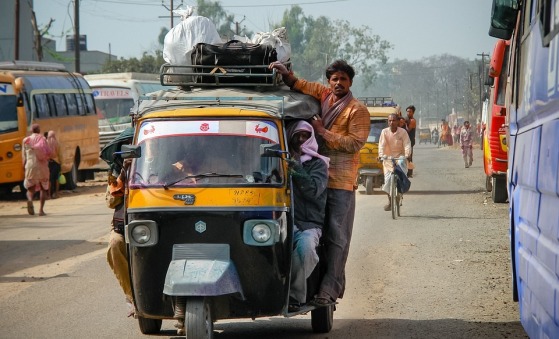
On the occasion of World Day Against Child Labour, observed every year on June 12, a joint report from the International Labour Organization (ILO) and UNICEF has brought a mix of sobering facts and cautious optimism. Titled Child Labour: Global Estimates 2024, Trends and the Road Forward, the report reveals that approximately 138 million children worldwide are still trapped in child labour, a clear violation of their rights and dignity.
While this number remains alarmingly high, the data marks a notable improvement: child labour has declined by 22 million since 2020, reversing the previous increase seen between 2016 and 2020. The authors see this as an encouraging sign that progress is possible with the right mix of policies, programs, and social commitment.
Asia-Pacific leads the way
The most significant strides have been made in the Asia-Pacific region, where the child labour rate fell from 5.6% to 3.1%, translating to a drop from 49 million to 28 million children. According to the report, targeted initiatives and economic growth have played crucial roles in this success. Poverty reduction, in particular, has been a driving factor; the region has seen an 80% drop in poverty rates since 2008, which has helped families move away from depending on child labour.
Despite a global increase of 230 million children since the year 2000, the number of children involved in labour has decreased by 108 million, a 44% global reduction. "This gives us hope that the problem is solvable," said ILO Director-General Gilbert F. Houngbo. “Children belong in classrooms, not in workplaces.”
Education, poverty, and gender
The report also highlights a strong link between child labour and education. It states that nearly 60% of children aged 5 to 14 who are engaged in work do not attend school. By contrast, school absenteeism among non-working children in the same age group is just 8%. This educational gap threatens long-term development, both for individuals and for entire societies.
Insaf Nizam, a child labour specialist with ILO South Asia, emphasized that poverty, lack of quality education, and the absence of secure jobs for adults are all key contributors to child labour. “Addressing these root causes is crucial if we want to make sustained progress,” he said in an interview.
The issue is further complicated by a gender imbalance. Boys are more likely than girls to be involved in formal child labour across all age groups. However, when unpaid household responsibilities are taken into account, especially tasks exceeding 21 hours a week, the situation reverses, with more girls being affected. This is particularly evident in Asia-Pacific, where traditional gender norms still expect girls to shoulder the bulk of domestic chores.
“These responsibilities, though time-consuming and strenuous, often go unrecognized because they don’t generate income or occur outside the home,” Nizam added.
Agriculture: the toughest frontier
The agriculture sector remains the largest employer of child labour globally, accounting for 61% of cases. In Asia-Pacific, this includes work in family farms, plantations, and other informal rural settings that are hard to monitor. Services such as domestic help or market vending account for 27%, while industry, including mining and small-scale manufacturing, makes up the remaining 13%.
Efforts to combat child labour in agriculture have shown some promise when tied to supply chain accountability. Many global companies now monitor their agricultural suppliers to ensure compliance with human rights standards. “Increased scrutiny from international markets and legal obligations has forced many informal agricultural operations to reconsider the use of child labour,” Nizam said.
Challenges remain
Despite encouraging signs, experts caution that progress is too slow. According to the report, to meet the UN’s Sustainable Development Goal of ending child labour by 2030, the rate of change would need to be 11 times faster than it is today.
A number of persistent obstacles stand in the way. Informal economies, which dominate rural areas and agriculture, make it difficult to inspect workplaces and enforce child labour laws. Additionally, families without access to social safety nets are more likely to rely on their children’s labour in times of crisis.
Asia’s rapidly aging population adds another layer of complexity. As the number of elderly people rises, the burden of care increasingly falls on families, especially on children and women. Without forward-looking policies, this could result in a dangerous reversal of the hard-won gains made in recent decades.
Nizam warned, “There is a real risk that child labour becomes a coping mechanism for families under stress. We must ensure that doesn’t happen.”
Rewritten version of the original article from AsiaNews.it.




